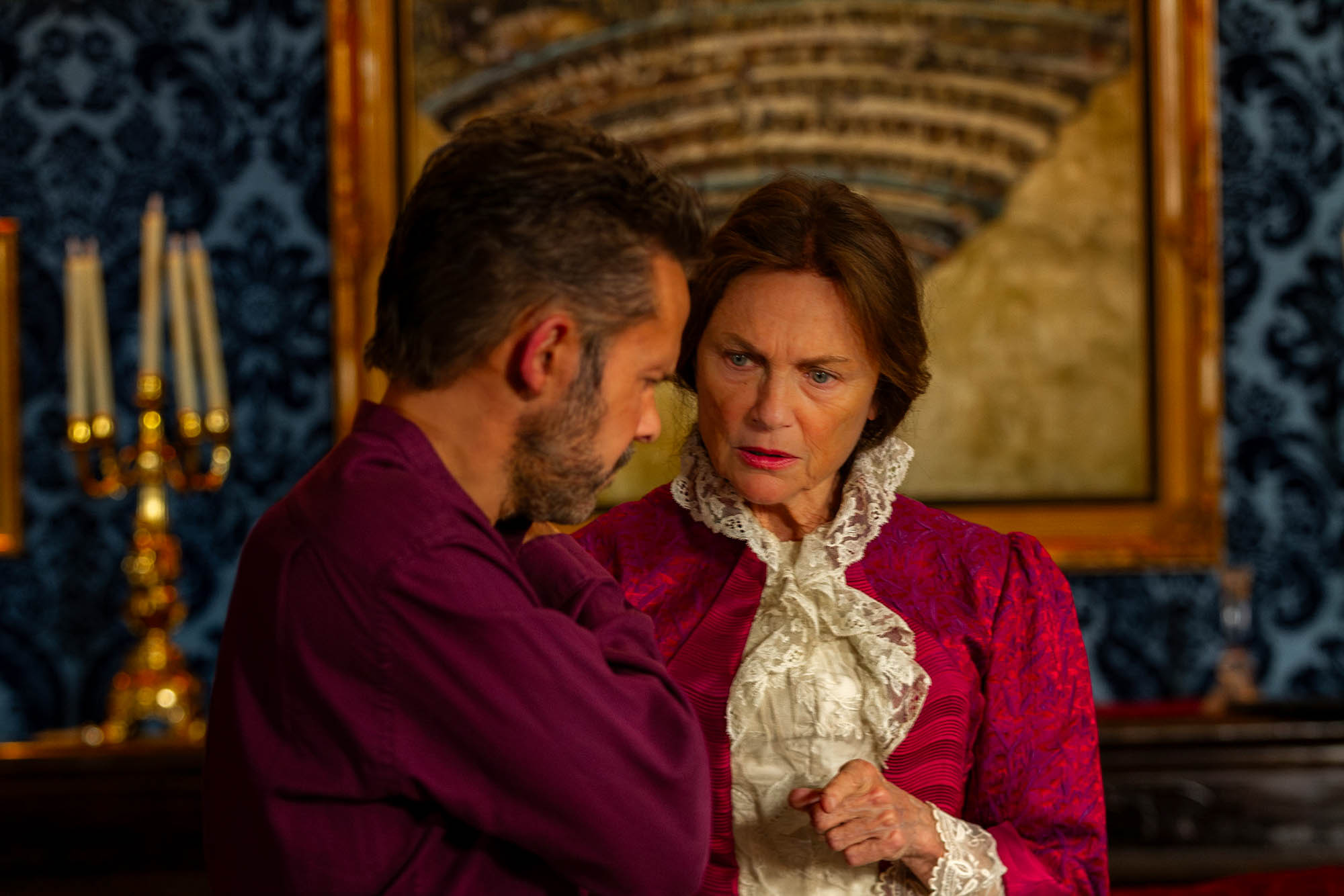The 27th annual Sarasota Film Festival brought some of the leading voices in cinema to the Cultural Coast earlier this year, in April. The films of the festival were truly an eclectic mix, ranging from Oscar nominated shorts to student films from the Ringling College of Art and Design to feature length documentaries, dramas and more. Two of the productions in the festival were William Shockley’s Long Shadows, a western set in the 1880s that delves into the nuances of revenge and mental health, and the world premiere of season four of Godfather of Harlem, MGM+’s hit drama that follows the odyssey of famed gangster Bumpy Johnson as he battles for control of 1960s Harlem, New York.
LONG SHADOWS
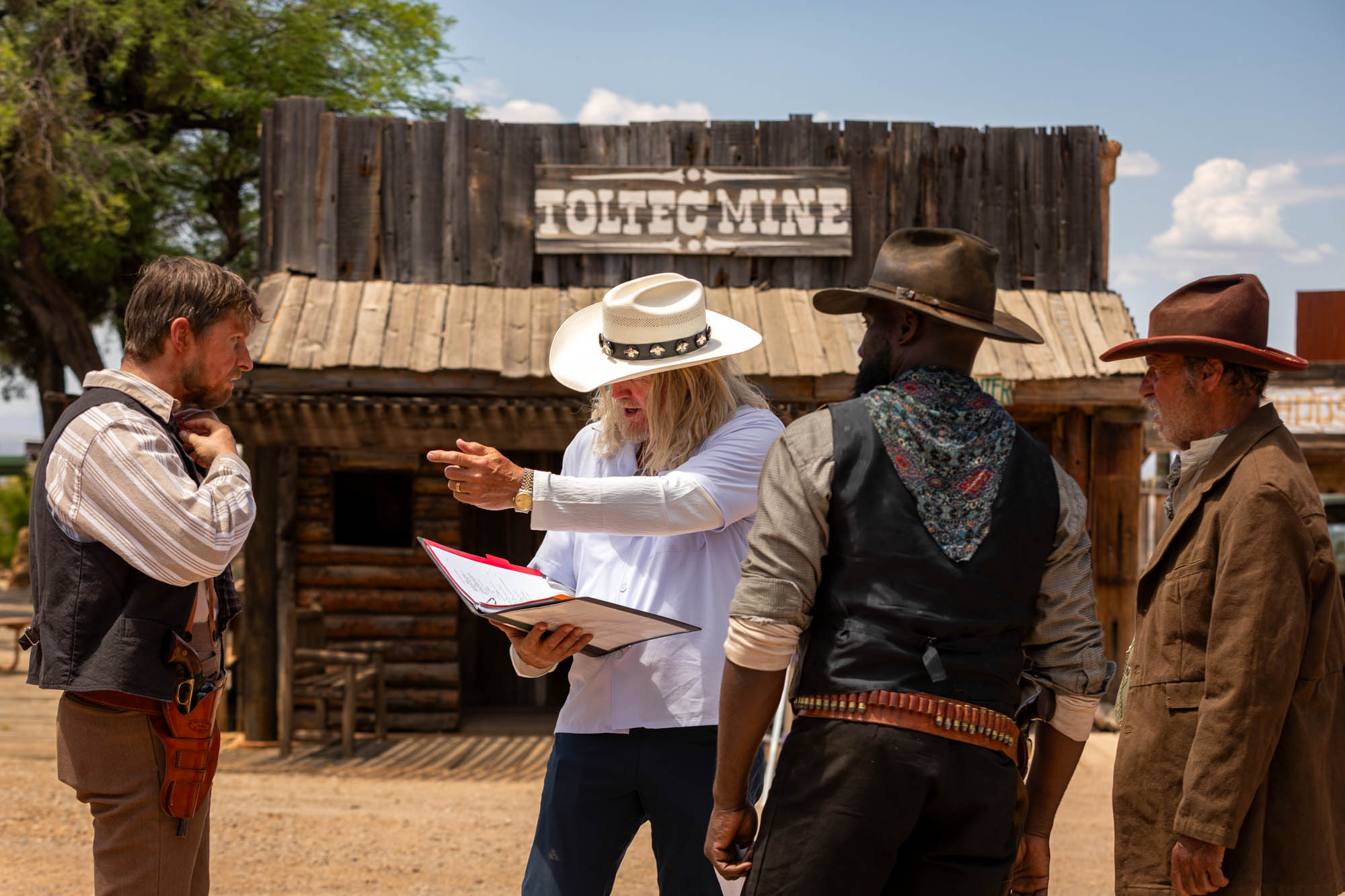
William Shockley needed a cowboy. Not a literal cowboy—he doesn’t own a herd of cattle that required wrangling—but a fictional one, for his film Long Shadows, Shockley’s feature-length directorial debut. Shockley had grown up in the industry, first working as a child actor on Robocop and later on a slew of Western television shows and movies, most notably portraying the character of Hank Lawson on Dr. Quinn, Medicine Woman. Long Shadows, however, required a special type of actor, one that could handle the emotional depth of its tortured protagonist Marcus Dollar.
Enter Blaine Maye, a 27-year-old actor from rural Oklahoma, who captivated Shockley over a Zoom call during the audition process. “We probably had 1,000 submissions for Marcus Dollar,” says Shockley. “There are a lot of great guys across America that can play a darn good cowboy, but Blaine just had an essence. When I first met him on Zoom, he was sitting in a log cabin hut on his parents’ ranch. He had the essence, he had the look, he had the charm and ultimately, the acting chops.”
Maye’s casting was critical, because Long Shadows is not your typical Western. Set in the Arizona Territory in the 1880s, Long Shadows follows Dollar, a misguided cowboy who sets out to avenge the savage killing of his parents after aging out of the orphanage in which he was partially raised. On his bloody path of revenge, Maye falls in love with Dulce Flores (Sarah Cortez), a young Mexican woman trapped in a brothel by the ruthless Vivian Villeré (Jacqueline Bisset) and seeks mentorship from an old gunslinger, Dallas Garrett (Dermot Mulroney). While the film does include plenty of bloodshed, it bucks the conventions of the typical shoot ‘em up Western. Instead, Long Shadows turns its focus inward to Dollar’s mental state and deep psychological trauma as it asks the audience: What happens when tenderness is violated? In the harsh world of the lawless frontier, is it possible to reclaim that innocence once more?
Flanking Maye is Cortez, whose entrapment in the brothel Purgatory represents another facet of the world of Long Shadows. “Sarah was so subtle and nuanced, she could speak a thousand words with a look. On set, I’d whisper direction in her ear and she’d bring a whole new color palette to life with just a couple words of inspiration.” Long Shadows’ biggest stars were its supporting actors, including Mulroney, Bisset, Dominic Monaghan and Chris Mulkey. While Bisset played a more villainous role, Mulroney was tasked with portraying a retired outlaw, a dying breed of the West. “There’s a switch that some actors have when they open their mouth and there’s just electricity. Dermot has that,” says Shockley. “That’s why he’s a movie star. He understood the character, that he was a conflicted mentor that was there to guide Marcus.”
It was important to Shockley to not make a “dirt” Western. Shot over 20 days at Old Tuscon Studios, a famed movie studio next to the Tuscon Mountains that has been the home to countless Westerns, Long Shadows was shot as a period piece. Yes, the exterior shots include all of the desolate beauty of the Southwest—including Dulce’s secret hiding place on Gates Pass—but the interiors, particularly of the Purgatory saloon, are richly textured and highly detailed. “I’m a huge fan of British dramas. Jane Eyre was kind of my north star for this movie,” says Shockley. “I wanted all of the interiors to be beautiful and in the case of the Purgatory saloon, I wanted it to be elegant and rich and lush and textured. It’s not your typical saloon, it’s this lair where Jacqueline Bisset’s character holds court and owns the world.”
Shockley studied older European films to find inspiration for the colors and tones of the interior sets. In the Purgatory saloon, there are nods to some of his influences. In one scene, a prostitute sings a French song while confined to a bird cage, much like the metaphor of a trapped, soiled dove in Baz Luhrmann’s Moulin Rouge. In another scene, the camera pans to shots of Dante’s Seven Circles of Hell hanging on the wall.
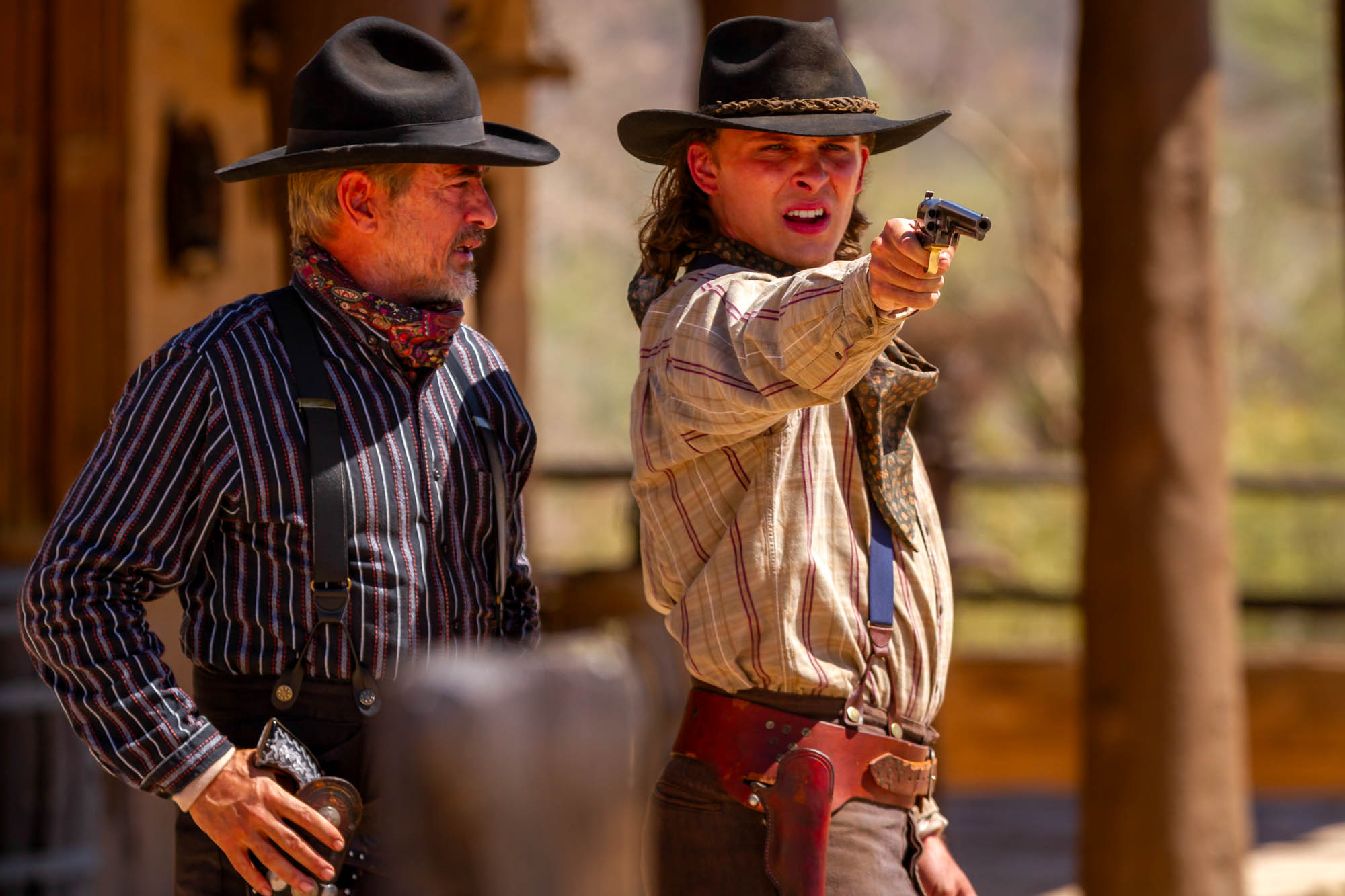
Like Mulroney’s aging gunslinger, the world of Long Shadows is fading, all of the characters seemingly on the precipice of their era with one foot in the Wild West and the other in 20th century America. Shockley wanted that essence to be felt in the story, from the rewriting Dulce and her sister Blanca as Mexican to reflect Arizona’s proximity to Mexico to the inclusion of the new-fangled concept of psychology in Dollar’s character arc to creating more diversity within the cast to reflect how African-Americans moved westward after the Civil War.
Shockley also wanted that idea reflected on the screen, from the ornate production and costume design to a score, steeped in classical music, from composer Tommy Fields. “Whether or not the audience knows it, the score is a character in the movie. It makes you swell with the characters and feel for them,” says Shockley. “The look of the movie, the production design, the costume design, they’re all threads that weave together this tapestry to make it whole.
GODFATHER OF HARLEM
The Sarasota Film Festival welcomed a different type of world premiere than that of the typical film—it brought the first two episodes of season four MGM+’s hit drama Godfather of Harlem to town two days prior to the season’s premiere on the streaming service. Godfather of Harlem stars Forest Whitaker as the notorious crime boss Bumpy Johnson, who battles the New York Mafia families for control of Harlem in the 1960s. In season four, Bumpy is still engaged in the bloody war of power while facing new challenges: the arrival of famed gangster Frank Lucas, portrayed by Rome Flynn, and his daughter Elise’s newfound involvement with the Black Panther Party after the assasination of his friend Malcolm X.
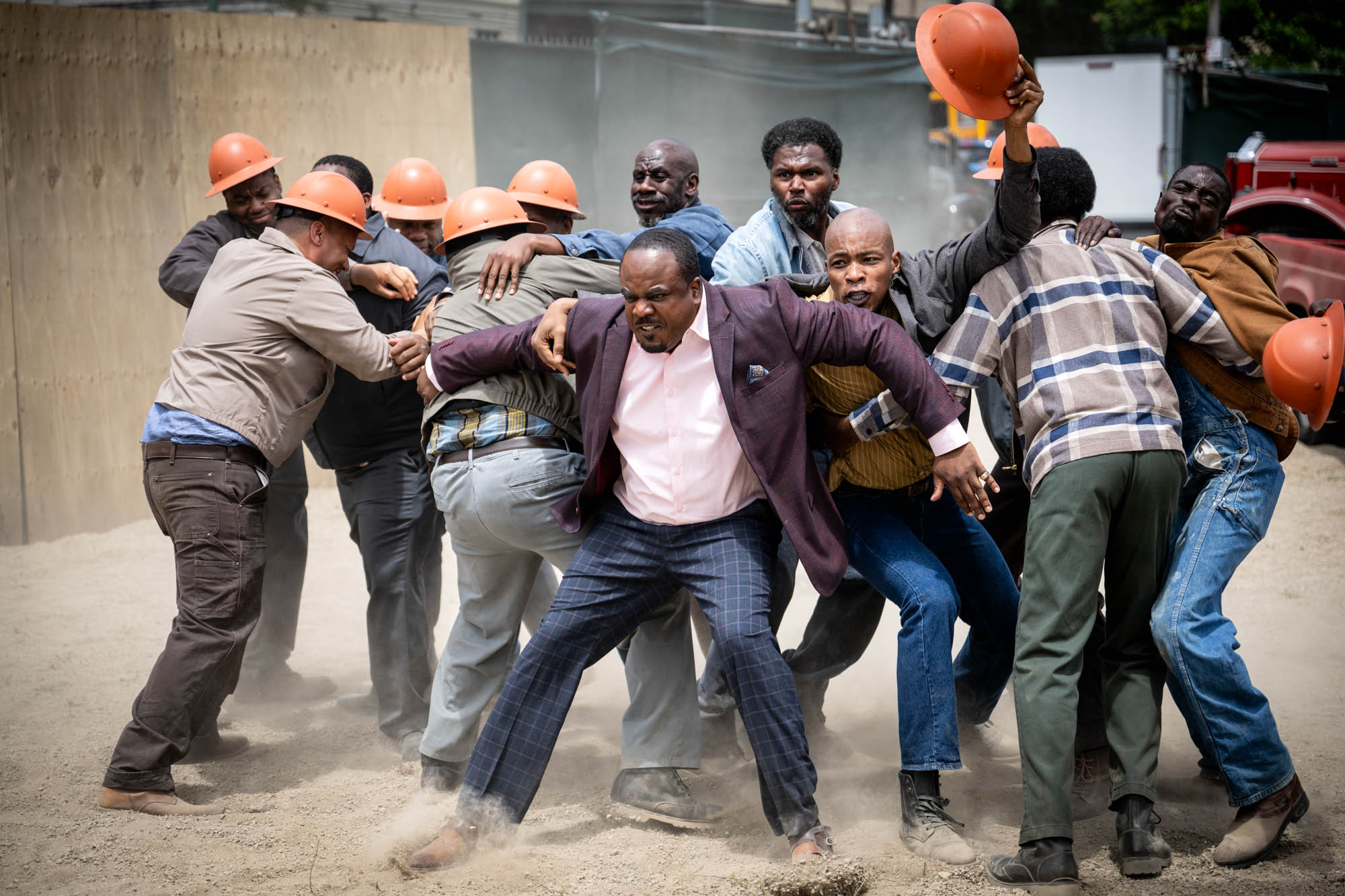
SRQ Magazine sat down with showrunner and co-creator Chris Brancato and Rome Flynn to talk about bringing season four of Godfather of Harlem to light.
Chris, what can we expect in season four of Godfather of Harlem? CHRIS BRANCATO Season Four is, in some sense, a bit of a reboot of the show, because if people have watched the first three seasons, they know that Malcolm X’s tenure on the show has come to an end, so then what happens? Bumpy and Malcom’s friendship was a central part of the narrative. In the wake of Malcom’s assasination, the Black Panthers start to take root in Harlem and across the country and Bumpy will find that his daughter Elise is attracted to the cause. Now he’s willingly or unwillingly thrust into the center of a militant radical party whose goal it is to defend against police brutality and perhaps ultimately to affect revolution. Meanwhile, who should come to town from North Carolina wet behind the ears, but Frank Lucas. He’s the character we saw Denzel Washington play in American Gangster, but our story takes place about 10 years prior. Frank Lucas is trying to make his way in Harlem, which puts him at odds with Bumpy to a certain extent. We hopefully have an exciting new imagining of Godfather of Harlem with Frank and the Black Panther Party added in.
Bumpy Johnson, Frank Lucas and many of the other characters were real people. How do you balance authenticity with dramatization? BRANCATO I often say that we’re not doing a documentary. We don’t have the responsibility of following found footage or trying to piece together an absolutely accurate version of these events. We weren’t there for these conversations—we have to imagine what they would have been like. We know for a fact that, for instance, bumpy and Malcolm X had a relationship. We know for a fact that bumpy and Frank Lucas had a relationship, but we weren’t privy to what they were saying. So for me and for the rest of our writing staff, the goal is to, I hate to say it this way, but to create the lie that tells the truth, meaning we’re always seeking to percolate the drama, to create conflict between characters, to make you want to turn the page to the next page, to go to the next scene, to watch the next episode.
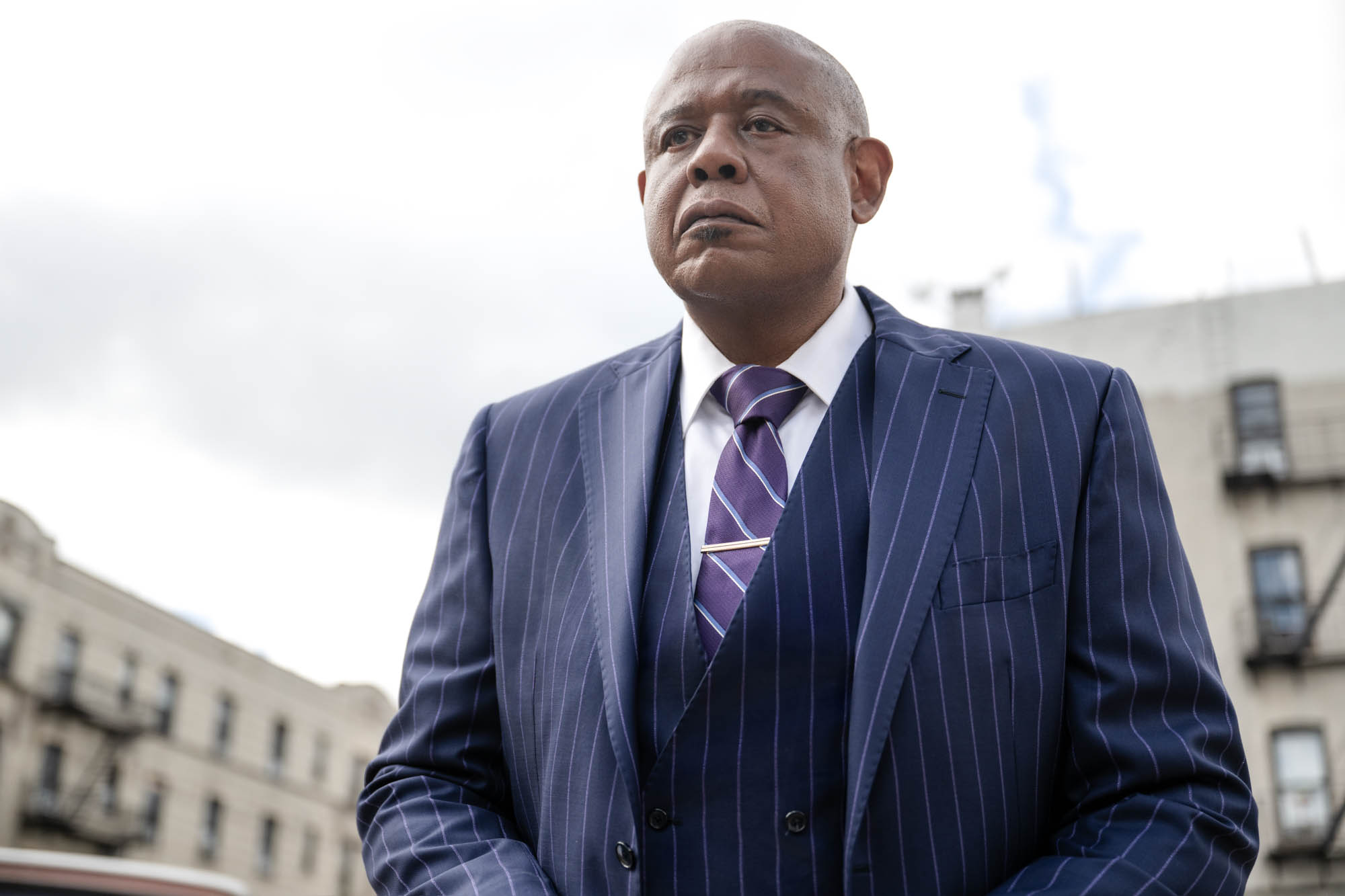
You wrote 1997’s Hoodlum in which Laurence Fishburne portrays Bumpy Johnson in the 1930s. What made you return to the character? BRANCATO Twenty-some odd years later, Godfather of Harlem co-creator Paul Eckstein and I were approached by some people working with Forest Whitaker who asked if we wanted to do Bumpy in the ‘60s. We thought that it might be really cool to juxtapose Bumpy Johnson in the ‘60s with the Civil Rights movement. That’s what gives the show some version of a take that isn’t just gangsters shooting and killing one another. There’s an added layer to it that makes the story a little more complicated, that it’s about more than just who’s going to sell the most drugs or be the don of the neighborhood. It’s also about a second class citizen group, using crime to advance its economic circumstances, while at the same time watching the development of civil rights grow for them as well. Plus Bumpy’s an interesting vehicle to explore some really neat aspects of New York City.
Rome, how was it working with Chris Broncato entering into a show already in its fourth season? ROME FLYNN Working with Chris was incredible, because he is one of the most collaborative and open showrunners that I’ve worked with. Sometimes you meet guys who feel like they’ve stumbled on a gold mine, which is understandable if you get an actor like Forest Whitaker to play your lead, but they can get overprotective of the art. Chris wasn’t that way. He cares deeply about it, but he also trusted me and trusted what I wanted to bring to the table. He gave me certain creative liberties that helped shape the character Frank Lucas ultimately becomes over the course of the season.
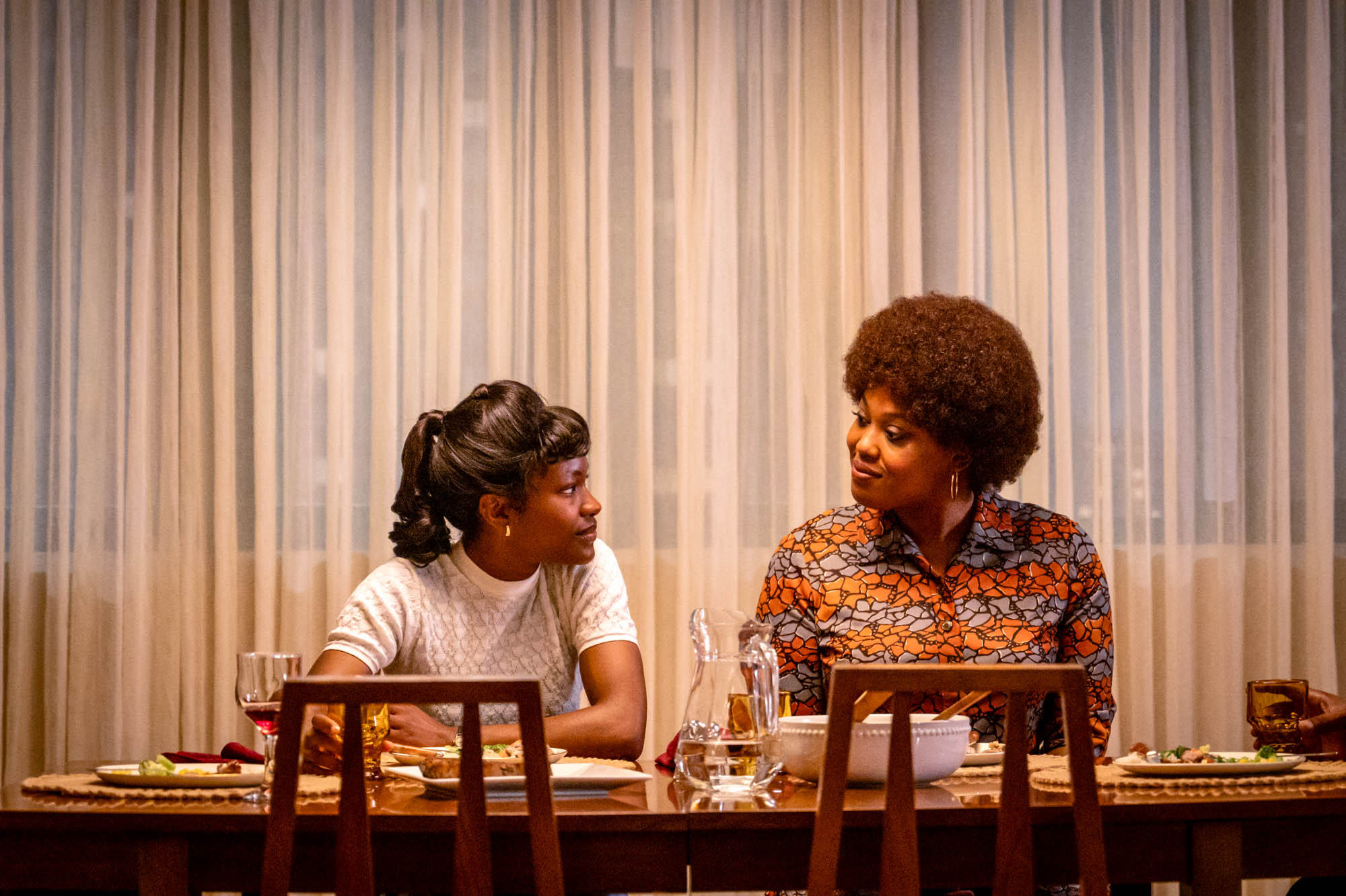
What were some of those creative liberties that Broncato entrusted to you? FLYNN It starts with the fact that I could just call him directly at any moment to discuss the character. There’s a balance between the work that the writers do and the little bit of me that has to go into the character for the way that I picture it. Especially when you’ve been on set, making the show for the past couple of months, there’s a template for how you feel your character would react and what he would say or do. Sometimes those are small changes, but there were certain fundamental aspects of the character that I felt needed to be explored more as I delved deeper into his psyche. I don’t even consider him to be “Frank Lucas” yet, he’s just a kid from the South who is transitioning into Harlem. I thought a lot about what drives a man to be great? Greatness can be subjective—in Frank Lucas’ case, it meant becoming the biggest drug dealer in American history. You don’t become that by accident. In telling that story, I felt like there needed to be a deeper well of personal experience to drive the character to doing that. There were scenes that Frank had with his love interest, who wasn’t a standalone, prolific character at the time, that I felt like we could draw more from. I knew that there was a pivotal moment coming up for Frank where something happens and he decides to become who he ultimately becomes. In the lives of men who achieve great things, there is often a woman that has influenced them—be it love or heartbreak, that’s the driving force behind what they do. I expressed to Chris that there needed to be more of that in Frank’s story and he said “you’re right.” We added an entire scene between Frank and his love interest that is a part of his character arc and lays the foundation for his turning point later in the series.
How did you sink into the emotionality of Frank Lucas? FLYNN It serves me to have commonalities with certain characters that I play. Some are more relatable than others. This one was a lot less relatable for me, but I think universally, the journey of venturing out of your circumstances and trying to forge your own destiny is something that I identify with and most people identify with as they progress through life. For me, it was about establishing that I’m at the starting point of a young man’s life. It’s not about Frank Lucas the name, he could be named anything. Setting that foundation gives me a place to go—we all know what he becomes, we all know how the story ends. It’s like looking at a painting and someone saying “we need you to paint that” and all I have is a blank canvas. How do I get here? I have all of the colors. I have everything that I need at my disposal, but how do I make sure that it’s navy and not dark blue? That’s the minutiae that sets you apart from other actors and hopefully that comes through in the show.




